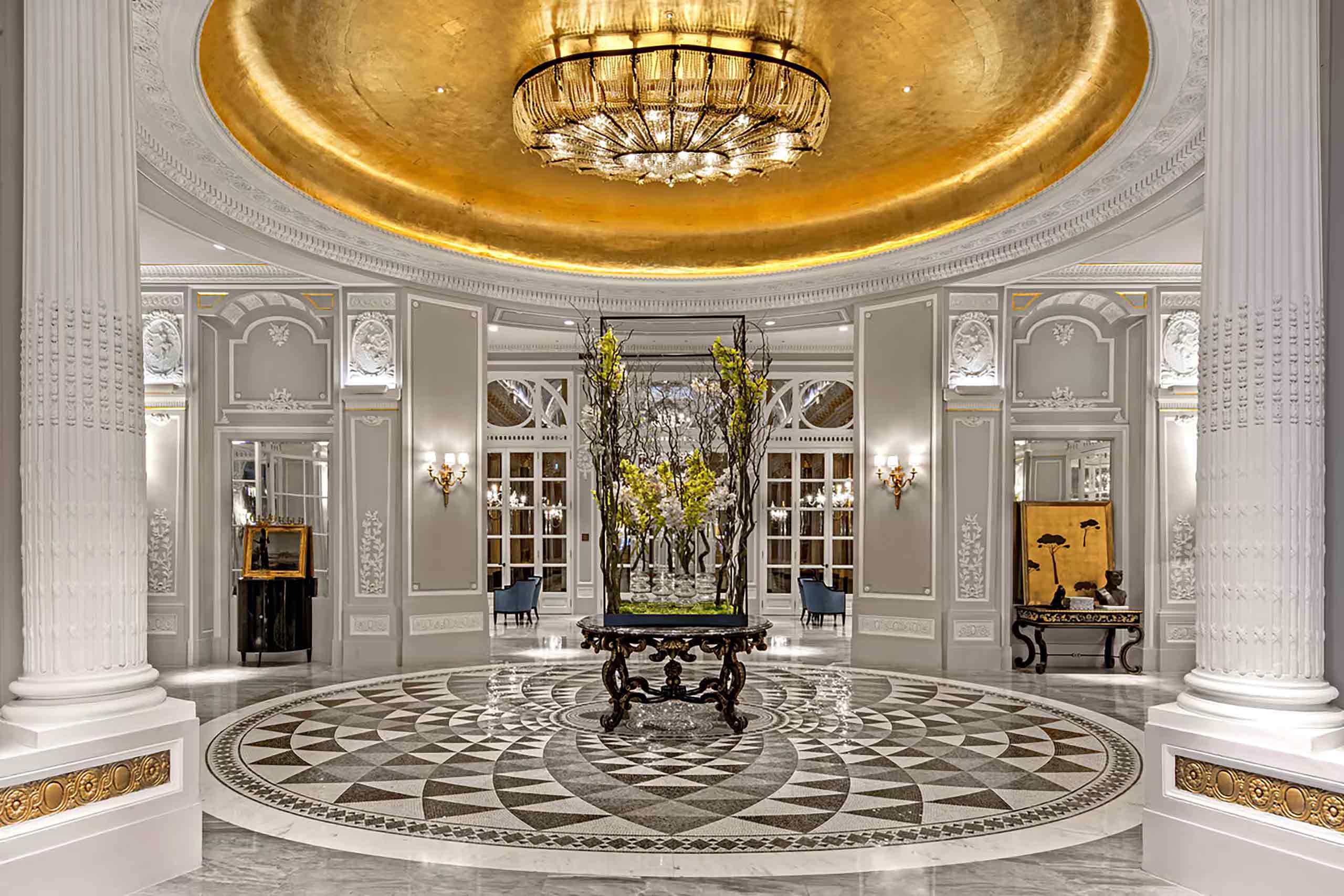With its decorative columns, Murano chandeliers and an impressive collection of artworks that extends from the atrium into its stately rooms and suites, The St. Regis Rome has all the hallmarks of an Italian grande dame. But far from resting on its laurels, this historical hotel keeps things fresh with cultural programming that draws in locals and visitors alike.
Contemplating a €40 million facelift but unsure whether it’ll give you the desired results? A stay at The St. Regis Rome might help to convince you: the hotel, which re-emerged in November 2018 following a costly and elaborate renovation, has succeeded in remaining not just a luxurious but also a relevant place to stay in the Eternal City. It’s no small feat, especially given a recent influx of evermore upscale places to stay in town, each with new ideas and distinctive offerings. But aside from its stylistic rebirth, the property’s location just off the Piazza della Repubblica and within easy walking distance of many of Rome’s top tourist draws has undoubtedly played its part in keeping The St. Regis Rome firmly on the map.
When the hotel, then the ‘Grand Hotel Rome’, was first opened by illustrious hotelier César Ritz in 1894, we’d imagine its immediate neighbourhood would’ve felt rather different from today. What hasn’t changed, however, is just how sumptuous a welcome the palazzo affords: step inside its grand atrium and a medley of arched doorways, ornate rugs and stucco detailing all bask in the light of a perfect summer’s day courtesy of a trompe-l’oeil depicting a bright sky on the ceiling. French interior design luminary Pierre-Yves Rochon was tasked to bring the space into the 21st century, and judging by what’s on view – a five-metre tall Murano chandelier alongside life-size trees – it would appear the present moment requires doing away with cliches and embracing eclecticism, instead… a take on interior design that certainly worked for us.
And while the property’s common areas are worthy of recognition, its 131 rooms and 30 suites are no less special. We were fond of our 25 sqm/269 sqft Superior with a kingsize bed backed by a mirrored wall with diamond effect, across which a generously sized work station provided all the space we needed to write the occasional email or two. The room’s exceptional ceiling height and large windows offering views towards the adjacent piazza made it feel airy and flooded with daylight. Meanwhile, in the evenings, warm lighting bounced off the ivory walls and classic artworks alluded to times gone by. Our bathroom, similarly, was a travertine-clad tribute to the Baths of Diocletian, featuring a large soaking tub with Acqua di Parma amenities and Coreterno-branded bath salts, cleansing milk and face toner for all our discerning skin’s needs – this, we thought, was a rather modern touch.
Unless you opt to stay in one of the themed rooms at the top end of the accommodation spectrum (the Bottega Veneta Suite, as you’d expect, is particularly fashionable), you’ll likely find your lodgings to feel lighter and less stimulating than the rest of the hotel. We certainly welcomed this, as Rome isn’t shy of grandiosity and a calmer environment to return to after a day of exploring the city felt like a veritable luxury to us. So did the provisions we received as part of our stay, from a ‘Red Admiral’, the hotel’s all-Italian take on St. Regis’ legendary Bloody Mary, which awaited us on our room on the day of our arrival, to turndown service that came with satin pyjamas and slippers made in collaboration with local brand Vestieri. From a hospitality perspective, you could’t ask to be made to feel more welcome, something that’s largely thanks to the hotel’s wonderful team of butlers, who pay a visit to guests on the day of their arrival to formally introduce themselves and offer the many services they can assist with: from unpacking your suitcase to conjuring a complimentary cappuccino or having your evening attire pressed before you step out onto the streets of Rome.
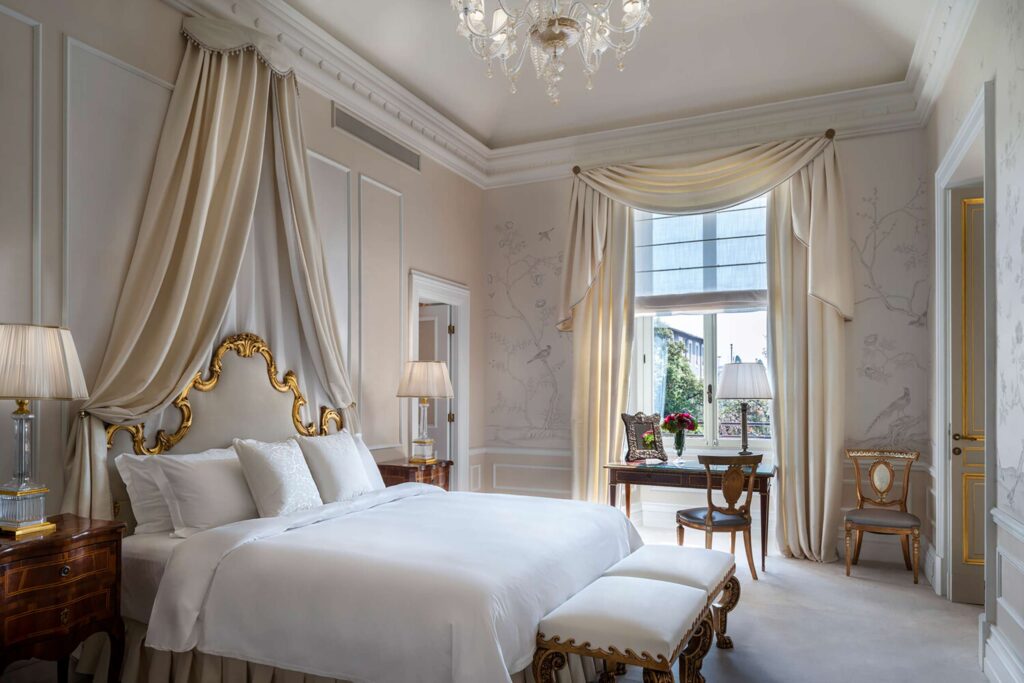
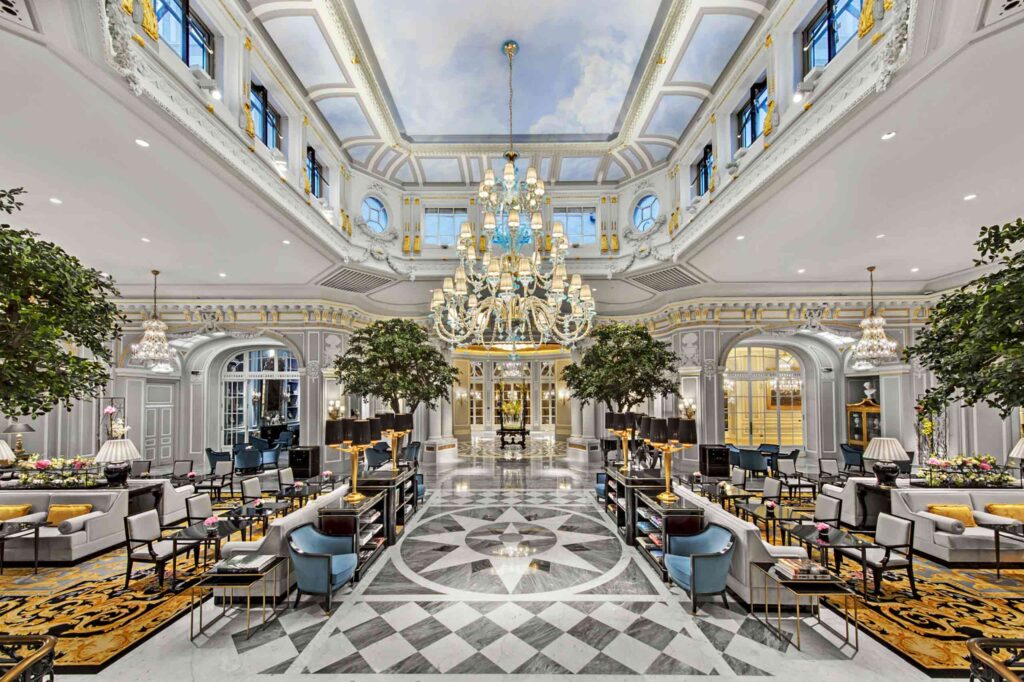
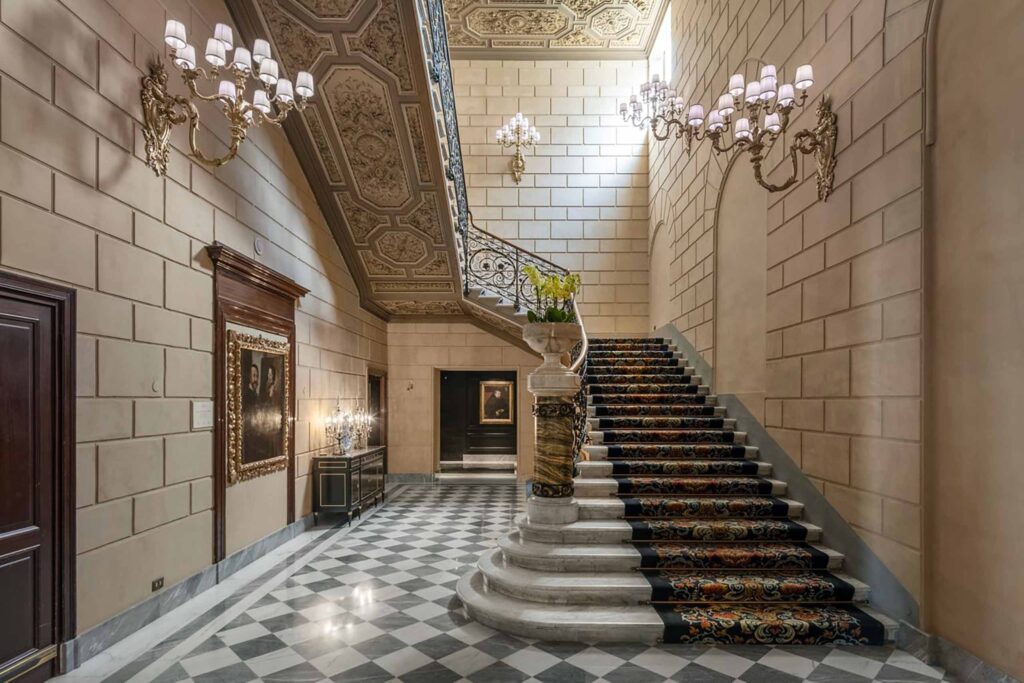
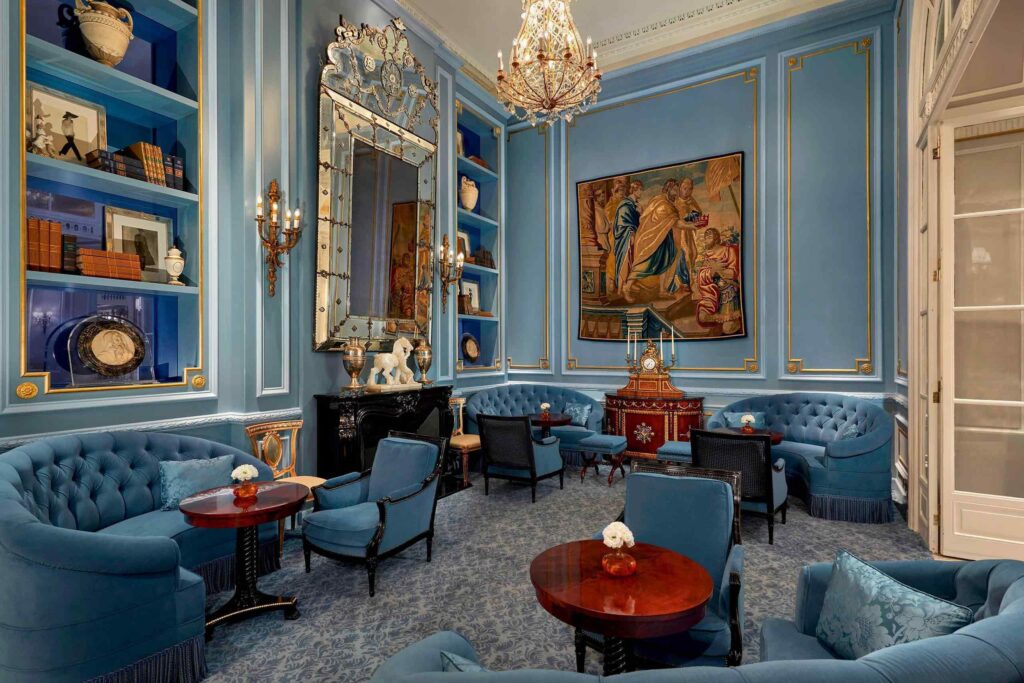
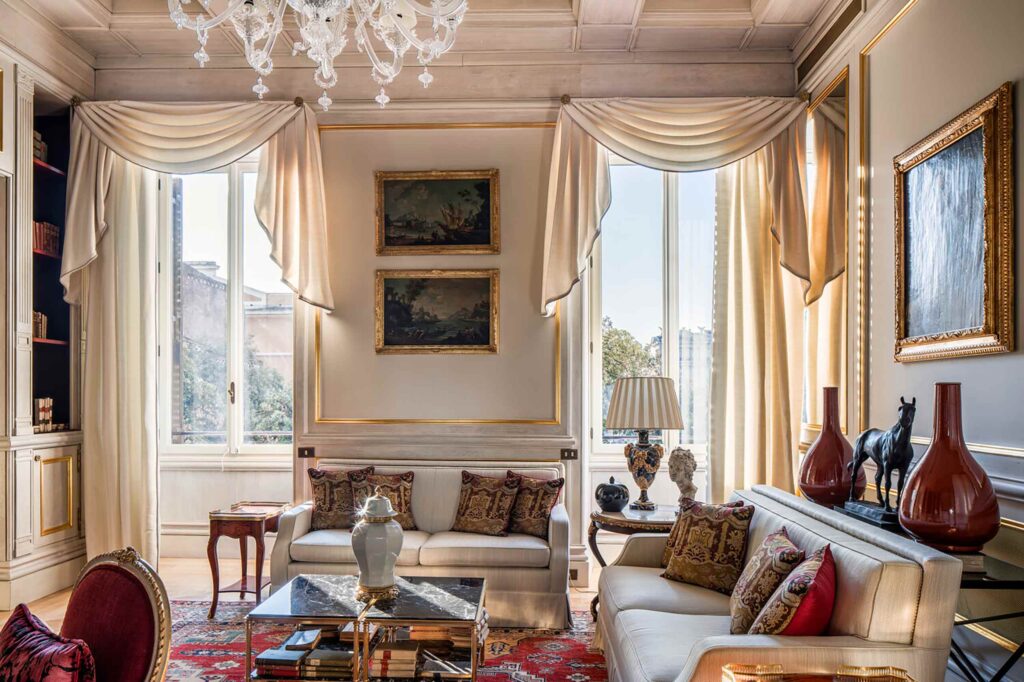
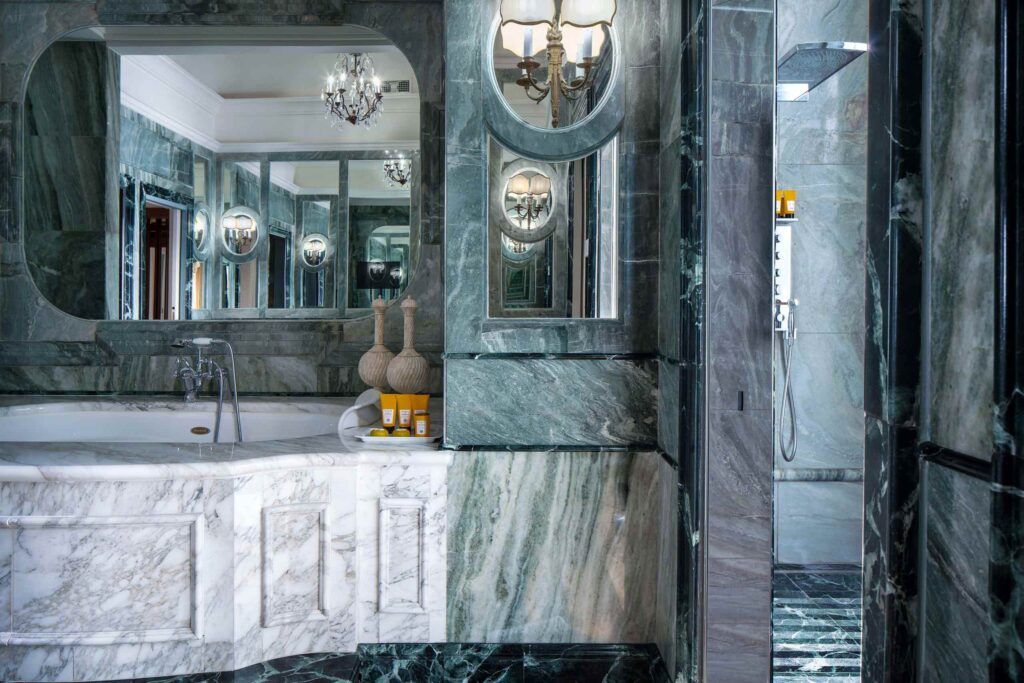
| Perfect for | Fly into | Right on time |
| The Culturalist | FCO | GMT +2 |
| While you’re Out There |
| Don’t miss the stunningly ornate Church of Santa Maria della Vittoria, a stone’s throw from the hotel. The small basilica is the home of Bernini’s sculpted masterpiece, Ecstasy of Saint Teresa, and due to its somewhat under-the-radar status, the church makes for a quieter and more intimate experience than other places of worship around town. There’s also the utterly unique Quartiere Coppedè, a leisurely 30-minute walk from The St. Regis Rome. Arguably the capital’s quirkiest neighbourhood, art nouveau palazzi meet Baroque, Greek and even Medieval architecture here. It’s a hidden gem, and part of town that has to be seen to be believed. |
Those deciding to dine at the hotel’s Lumen Cocktails & Cuisine restaurant or the summery Lumen Garden instead, can look forward to experiencing the art of champagne sabrage – a St. Regis tradition – in a lively setting that draws in diners over regular jazz performances, ‘society nights’ and the like. While you’re unlikely to head here for an intimate dinner, the space really puts on a show, with contemporary design touches that even include the staff uniforms, custom-made by Giada Curti (think Mandarin-collared shirts tucked into pleated and patterned skirts, and cerulean trousers paired with mustard vests).
Unfortunately, we found that the hotel wasn’t prepared to cater to our plant-based diet, with our waiter immediately acknowledging that “we don’t have many options, but we can make anything you like”, as though “anything” was an adequate substitution for an original and balanced meal. Tired of putting in the work to come up with an option ourselves, we asked for the chef to prepare a few suggestions instead, and after a long-winded process that took the joy out of our evening, we eventually settled for a few courses that weren’t bad, but far from great. To think that The St. Regis Rome, which in many a regard feels refreshingly modern despite its historical grandeur, doesn’t have a more proactive stance when it comes to catering to dietary requirements is a real shame. At breakfast, too, we found no designated or clearly marked vegan-friendly options, despite its enormous proportions that would’ve easily fitted a more inclusive culinary offering.
Thankfully, we had a much better time using the hotel’s fitness centre, equipped with everything from TechnoGym treadmills and exercise bikes to free weights and more. While you shouldn’t expect the type of narrative-driven, evocative environment of a modern-day destination spa, the Sisley-branded facilities include a sauna and a steam room alongside treatment rooms. Looking for a thorough workout, a massage to decompress in the evenings, or even just a facial to soothe the skin after a day out in the Roman sun? You’ll find yourself in excellent hands, no doubt.
There’s a category of hotels that The St. Regis Rome could easily be placed into on account of its suave butler service, Regency splendour and charming relics from the past. An elevator within the property, which dates back over 100 years and makes for a truly immersive experience, is a perfect example of the sense of history we adore about the palazzo, not least due to its location within one of the world’s most storied cities. But beyond the time-honoured veneer, a collaboration with Tuscan art institution Galleria Continua means that guests will encounter varying displays of contemporary art during their stay, while the Queen Bee Club (inspired by the nickname of St. Regis founder John Jacob Astor’s mother) keeps the hotel on the radar of Rome’s fun-loving smart set. It’s an alluring mix of old and new sensitivities that’s sure to keep visitors stepping through the property’s revolving front doors, into a space where trends and tradition collide, for years to come.
Photography courtesy of St. Regis Hotels & Resorts


